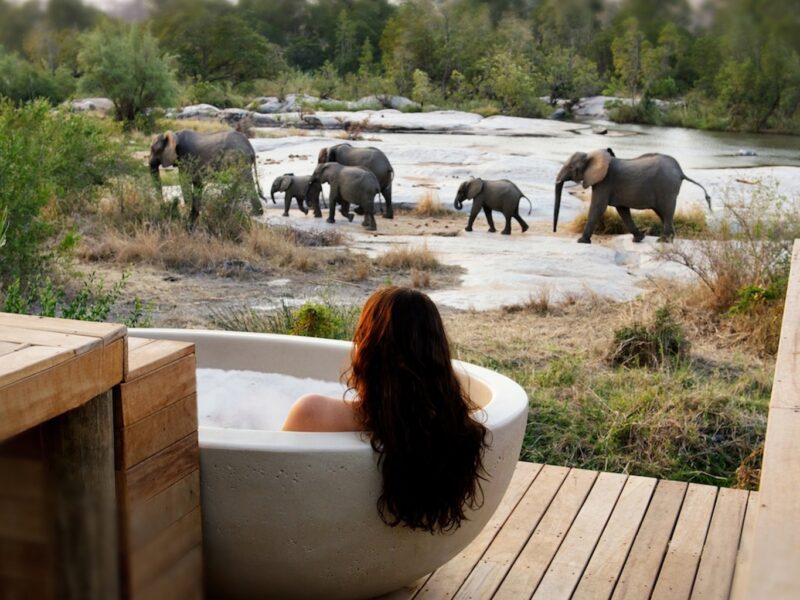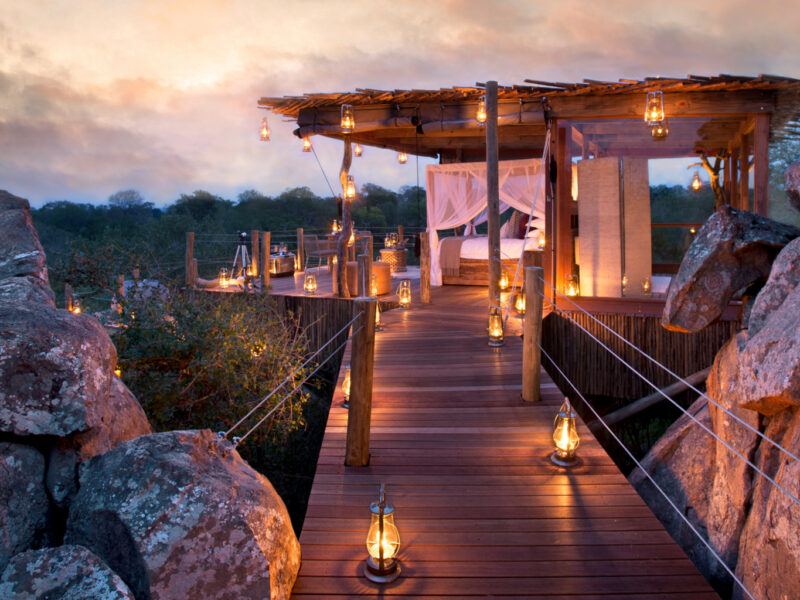Top tips on what to pack for a horseback riding safari
Top tips on what to pack for a horseback riding safari focus on comfort, safety, and practicality. Lightweight, breathable riding clothes and long-sleeved shirts protect against sun and brush, while well-fitted riding boots, half chaps, and gloves ensure comfort in the saddle.
Packing for a horseback riding safari requires a thoughtful balance between traditional safari essentials and gear specifically suited to long hours in the saddle. Unlike vehicle-based safaris, this immersive adventure brings you closer to wildlife and nature, so comfort, safety, and mobility are key. The right packing choices will ensure you stay protected from the elements, remain comfortable in the saddle, and fully enjoy the magic of riding through Africa’s wild terrain.
Clothing for Riding Comfort
The foundation of your riding wardrobe should be comfortable, breathable riding trousers or jodhpurs that allow freedom of movement and prevent chafing. Avoid jeans, as they can become stiff and uncomfortable over time. Pair these with lightweight, moisture-wicking shirts in neutral colors to help you stay cool while blending into the natural environment. Long sleeves are essential to protect your skin from the sun and possible scrapes from brush. For chilly mornings or windy conditions, bring a light fleece or riding jacket that fits well and doesn’t restrict arm movement.
Riding Footwear and Accessories
Sturdy, ankle-high riding boots with a heel are a must, as they provide grip in the stirrups and protect your feet during long rides. Choose boots that are already broken in to avoid blisters. Half chaps are also useful for added comfort and protection for your lower legs. Don’t forget riding gloves to protect your hands from reins and sunburn, especially on longer rides. A well-fitting riding helmet is non-negotiable for safety; many safari outfitters provide one, but it’s best to bring your own if you prefer a specific fit or brand.
Sun and Insect Protection
Sun exposure is intense in the African bush, so be sure to bring a wide-brimmed hat (for off-saddle time), high SPF sunscreen, and sunglasses with UV protection and a secure fit. Apply sunscreen liberally throughout the day, especially on the neck and hands. Insect repellent is essential, especially in areas where tsetse flies or mosquitoes may be present. Wearing lightweight, long-sleeved tops and pants can also help keep biting insects at bay during early morning or evening rides.
Hydration and Personal Gear
A horseback safari means long days outdoors, often far from camp amenities. Carry a refillable water bottle or hydration pack that fits comfortably on your body or in saddle bags. A small, secure daypack or saddlebag can hold essentials like lip balm, tissues, sunscreen, and snacks. Binoculars and a compact camera can be useful if you have saddle bags, but avoid bulky gear that might be difficult to manage while riding.
Health and Comfort Essentials
Bring a basic first aid kit with items such as plasters, antiseptic wipes, painkillers, and blister pads. Anti-inflammatory medication can also help with sore muscles after long rides. Don’t forget your personal medications, and check with your doctor about malaria prevention if you’re heading to a risk area. Wet wipes, hand sanitizer, and a quick-dry towel can also be handy when you’re away from modern facilities for long periods.
Evening Wear and Extras
After a day in the saddle, you’ll want to change into something comfortable for relaxing at camp. Pack light casual clothes for the evenings and a pair of sandals or slip-ons for walking around camp. A headlamp, notebook, or journal can add to your evening experience, and a power bank is essential if electricity is limited. A lightweight down jacket or warm layer is also a good idea for cooler nights, even in warmer months.




